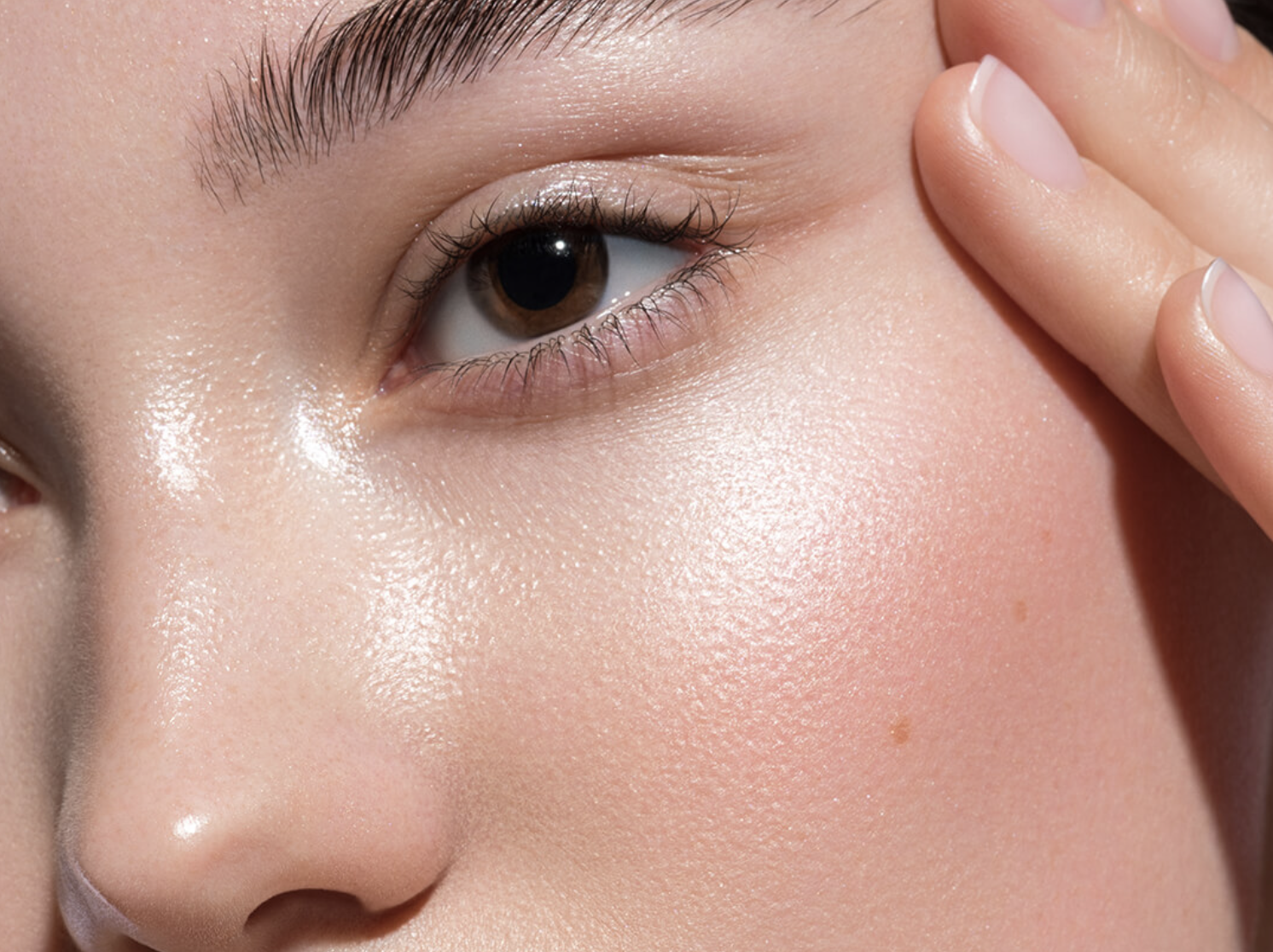These days, social media—okay, TikTok—is a hotbed for new beauty trends, from
makeup hacks to
skincare tricks. The latest one to go viral? Skin cycling. While some skincare methods can be less legit than others, this one has the chops to back it up—probably because it came straight from an expert.
Coined by New York City dermatologist
Whitney Bowe, MD, skin cycling is a way of applying products to get the benefits of multiple active ingredients without stressing skin out.
What Is Skin Cycling?
Never heard of it? Skin cycling is a type of skincare routine in which you “cycle” through a different product each night for a certain number of nights—and then repeat.
While the term is new, the concept is not. “It's been recommended for years by dermatologists, based on the fact that most skin types cannot tolerate certain ingredients every single night of the week, and may require recovery nights to allow their skin barrier to improve,” says New York City board-certified dermatologist
Rachel Nazarian, MD.
She notes that it tends to be applied to ingredients that have the potential to be irritating, such as exfoliants and retinoids. “Those are the ingredients that are less likely to be tolerated seven nights a week,” she says. These get staggered throughout the cycle, and buffered by hydrating products.
How Does It Work?
The right skin cycling routine will vary from person to person. “Some people can handle additional nights of retinoids, or even exfoliation,” says Dr. Narazian. “Also, some steps can certainly be combined.” You can choose from a three- or four-night cycle, scaling up depending on your skin's needs.
Certain components will stay the same, like your cleanser. With that in mind, here's an example of a four-day cycle to get you started (pro-tip: you can repeat the third and fourth night for a longer cycle, or start from the beginning, depending on your skin and its needs).
Day 1: Exfoliate
Day one should be your exfoliation night—think scrubs or chemical exfoliants—since it allows the rest of your products in the cycle to better penetrate. On the chemical front, consider alpha hydroxy acids, or AHAs, which unglue the dead skin cells at the surface of skin and allow them to shed. Some AHAs include glycolic acid and lactic acid. You can find a proprietary blend in
THE ROUTE BEAUTY The Party Peel. Beta hydroxy acid (BHA), also known as salicylic acid, is an exfoliating acid that's oil-soluble, meaning it can dive into pores and clear them from the inside out; this makes them great for acne-prone or oily skin.
Day 2: Hydrate
Your recovery days should include a soothing moisturizer to keep your skin barrier in tip-top shape.
A good one? THEN I MET YOU Calming Tide Gel Cream™, which has a blend of ceramides, niacinamide, and peptides to support the skin barrier. For best results, try layering it over a humectant, like hyaluronic acid or glycerin; these ingredients are designed to draw water into skin.
Day 3: Retinoid
It's time for your retinol serum or cream. If you're not yet using a retinoid (the umbrella term for both prescription-only retinoids and over-the-counter retinol), now's the time to try it. This form of vitamin A helps to speed up cell-turnover, which can even out your skin tone, reduce hyperpigmentation and dark spots, stimulate collagen production, and smooth fine lines and wrinkles.
That said, a little goes a long way, so start with a pea-sized amount.
CLARK'S BOTANICALS Retinol Rescue Overnight Cream even pairs it with vitamin E to keep skin balanced.
Day 4: Hydrate (Again)
Since retinoids can be drying or cause irritation, switch back to your recovery routine the following evening to keep your skin barrier intact.
What Are the Benefits of Skin Cycling?
It's gentle. “It allows your skin to avoid reaching a level of irritation, while still exposing it to the full array of ingredients that are often difficult to tolerate yet are still beneficial and desired,” Dr. Nazarian explains. That means those with sensitive or dry skin types can still take advantage of powerful active ingredients—without the burn.
It makes skin more resilient. “A skin cycling routine generally has built-in strengthening nights where ingredients are focused on improving the skin barrier, decreasing inflammation, and moisturizing,” she says. “This allows our skin to tolerate other subsequent ingredients in the regimen better.”
It allows products to better perform. “Exfoliants can be used at the beginning of a skin cycling regimen to enhance penetration of ingredients that are used later,” she says. In kicking the cycle off with a dedicated exfoliating product, the rest of the products in your cycle will work harder.
Is There Anything I Should Look Out For?
Consistency is king in the skincare world. That's where skin cycling could fall short. “The greatest problem with skin cycling is that some products and ingredients need to be utilized more consistently—that is, daily—to appreciate benefit, and if used inconsistently they will not sufficiently produce effective results,” says Dr. Nazarian. Then again, if skin cycling allows you to stick with retinoids for the long-term, then that's definitely beneficial.
Also worth keeping in mind: skin cycling works best for your evening routine. Your daytime skincare products, like antioxidants which include vitamin C, or sunscreen, should be used every single day, since the sun doesn't take a rest day.


